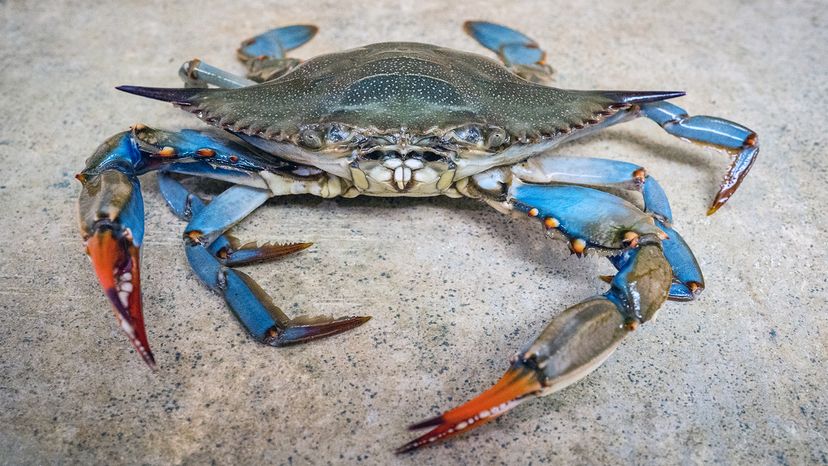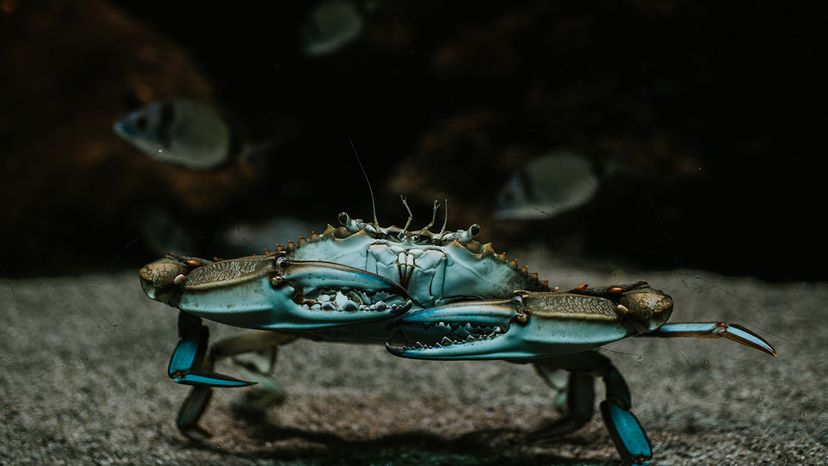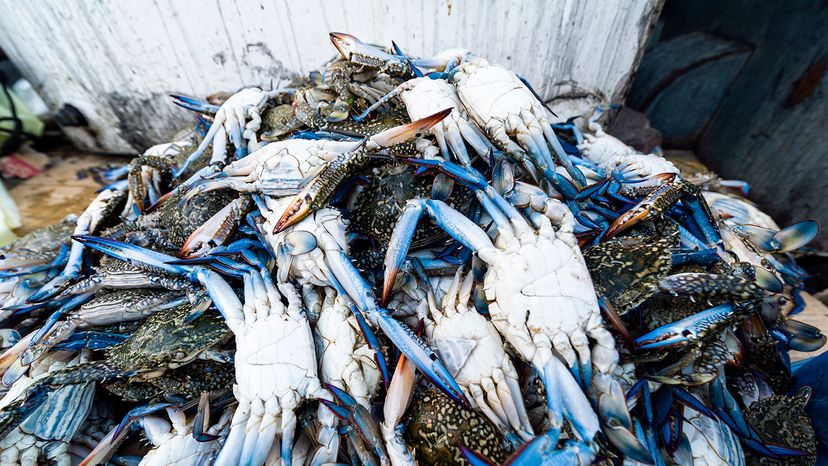
The blue crab is one of the most recognizable crustaceans in the coastal waters of the Atlantic and Gulf coasts. Found in the Chesapeake Bay, the blue crab plays a crucial role in marine science and fisheries.
With their bright blue claws and olive green-to-blue shells, blue crab populations are both a valuable resource and a curious species to study.
Advertisement

